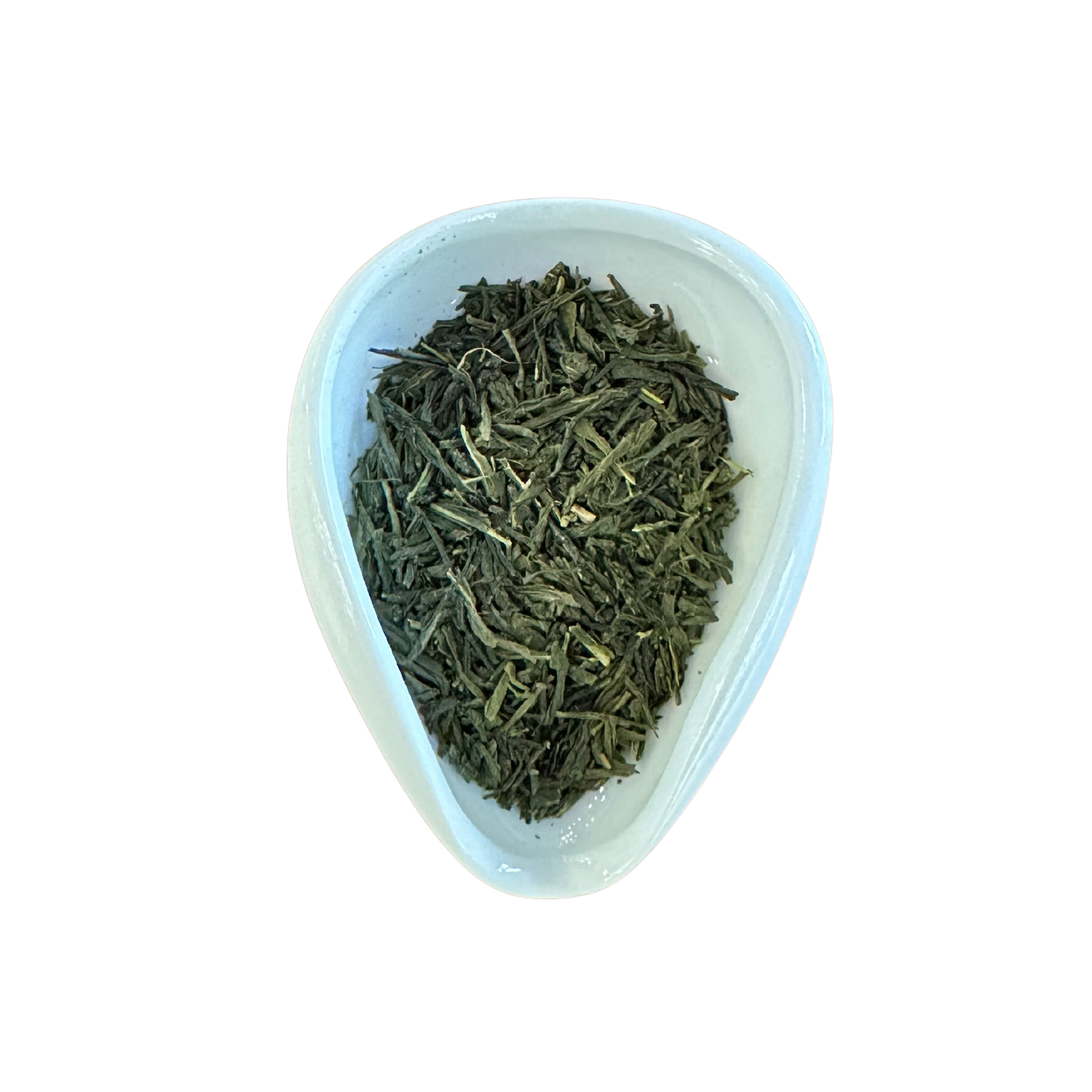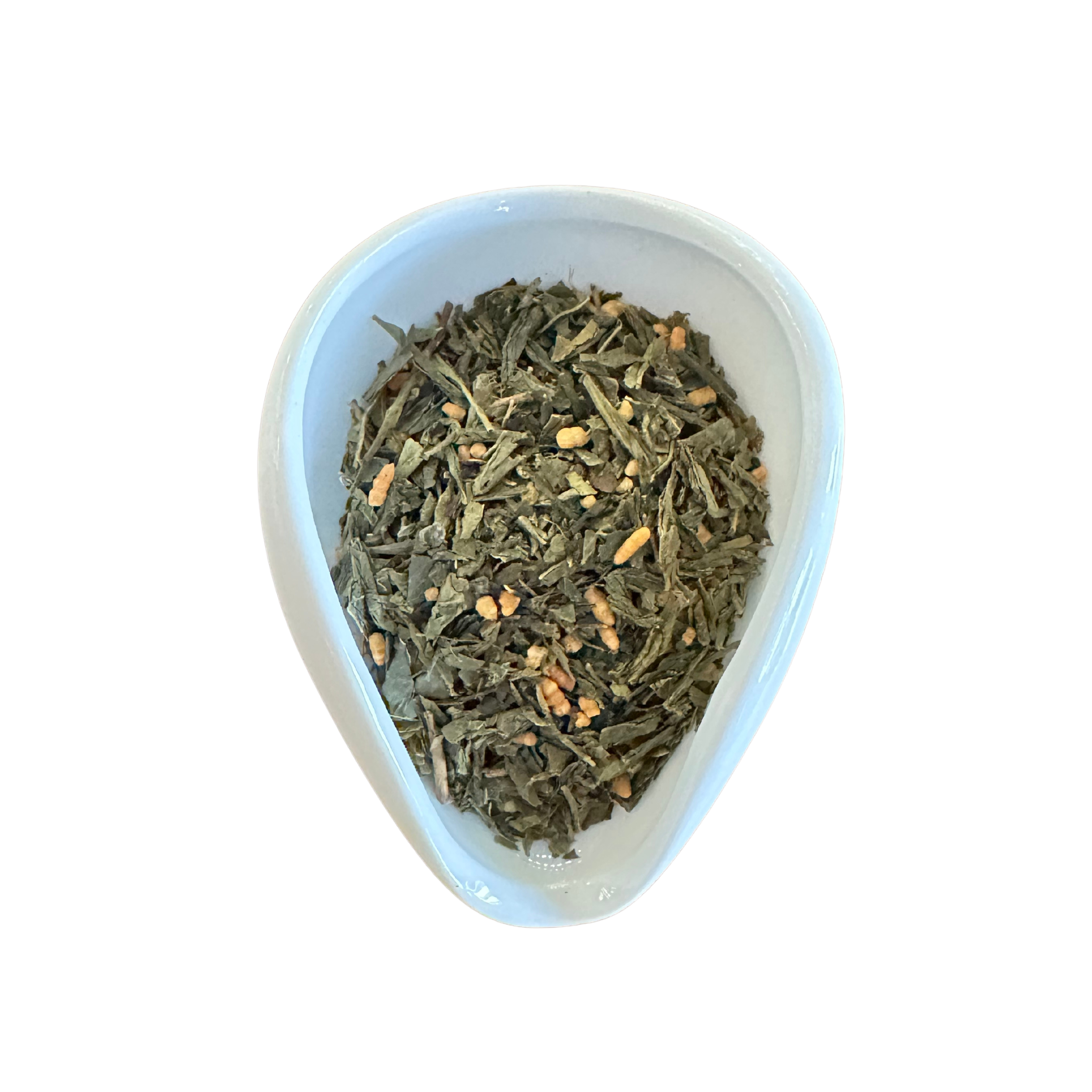-
The name Sencha (煎茶) means “steeped tea,” referring to the method of infusing the leaves in hot water (as opposed to powdered tea like Matcha).
-
Sencha captures the essence of Japanese green tea: fresh, grassy aroma, bright green liquor, and a balance of umami, sweetness, and astringency. It is the everyday tea in Japan, enjoyed by all generations and valued for its refreshing character.
-
Refreshing and brisk, with grassy and vegetal notes. The liquor is golden-green, smooth and sweet with umami depth, finishing with a light astringency.
Recommended Brewing Method (Japanese style)
Recommended Teaware for Sencha:
Use a Japanese kyusu (急須), ideally a yokode kyusu (side-handled teapot) with a fine mesh filter. Serve in yunomi (湯のみ) cups.
Water Temperature:
70–75 °C
Brewing Instructions:
Leaf-to-water ratio: 1 g per 50–60 ml
Example: 3 g for a 180 ml kyusuFirst infusion: ~1 minute at 70–75 °C
Second infusion: ~30 seconds (shorter, as leaves are open)
Later infusions: Add 5–10 seconds each round
Sencha can be brewed 2–3 times, offering a refreshing balance of sweetness, umami, and gentle astringency.
Essential Info
Japanese Name: 煎茶 (Sencha)
Region: Japan
Harvest Time: 2024
Description:
Sencha is Japan’s most common green tea, made from steamed, rolled leaves shaped into fine needles. It brews into a golden-green liquor with a grassy aroma, brisk freshness, and balanced flavor. Smooth yet lively, Sencha is the everyday tea of Japan.
Tasting Profile:
Refreshing and brisk; grassy and vegetal notes; golden-green liquor with umami sweetness and light astringency.





